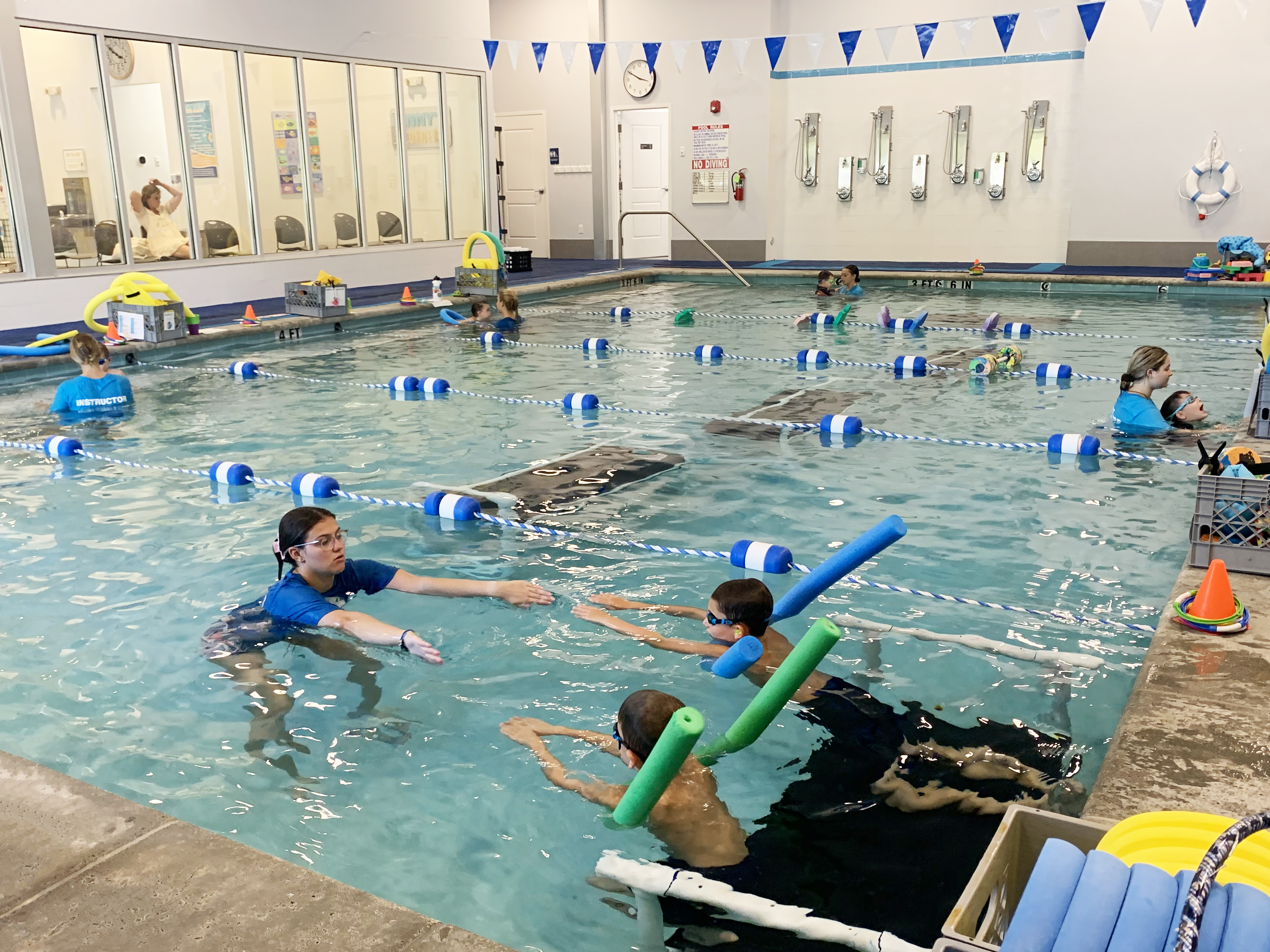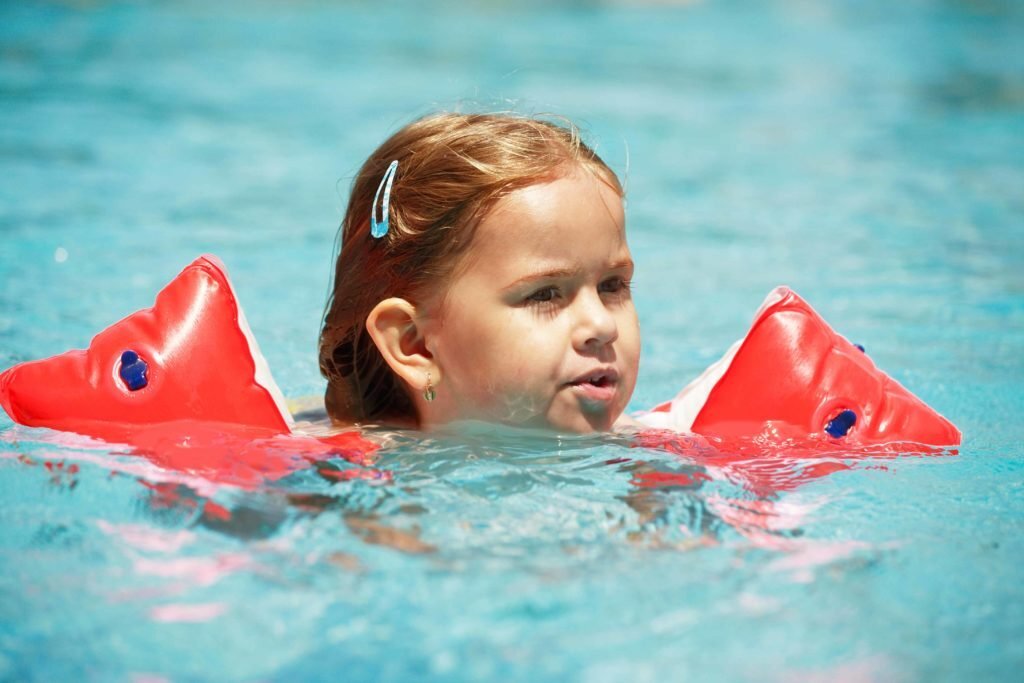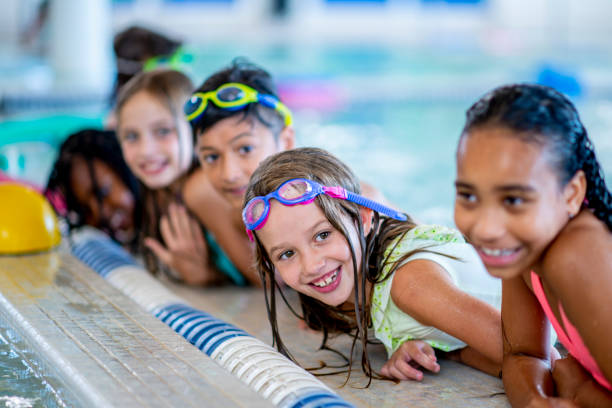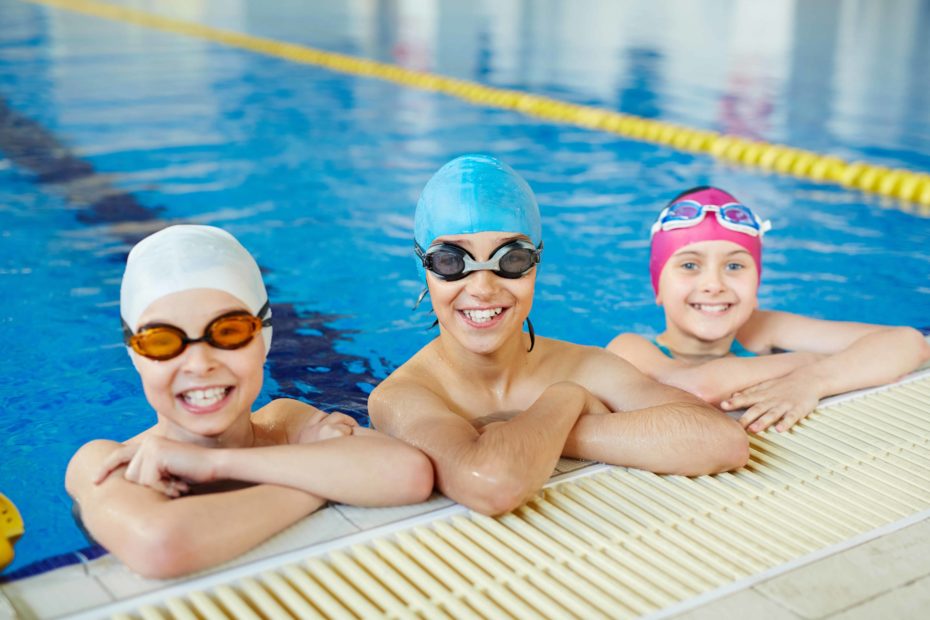2 min read
Does Your Child Use This Drowning Hazard?
Summer is in full swing and Florida residents everywhere are dipping in some body of water to try to stay cool in this heat. Visit any beach,...



Swim lessons often come with a higher price tag compared to other children's activities due to several unique factors associated with aquatic education.

One significant contributor to the higher cost is the infrastructure required. Building an indoor pool involves specialized engineering and architectural considerations, including excavation, structural integrity, and safety features. Utility costs are high as pools are heated to optimal temperatures year-round, and the air temperature on the pool side must be heated while the air temperature in the lobby is cooled. Additionally, maintaining pristine water quality through filtration, sanitization, and regular cleaning requires specialized equipment and chemicals, further increasing operational costs. Soccer fields, ballet studios, karate dojos…these facilities have lower operational costs than an indoor swimming facility.
Another factor contributing to the higher cost of swim lessons is the emphasis on small class sizes. To ensure safety and effective instruction, student-to-instructor ratios are kept extremely low. Whereas a gymnastics class might have 10…12….15 students in a class, swim classes typically have 2…3…or maybe 4 students. This necessitates more instructors which adds to the overall cost of the program.
Speaking of instructors, all of our instructors hold certifications in swim instruction, CPR training, and undergo background checks. New hires shadow seasoned instructors for weeks or months, not days like in other children’s activities. These certifications and training ensure the safety and quality of instruction but come with associated costs.
 Lastly, if swimmers are in the pool, you will see a lifeguard on our deck. Having a lifeguard on duty at all times adds to the staffing costs yet is essential for ensuring the well-being of all participants.
Lastly, if swimmers are in the pool, you will see a lifeguard on our deck. Having a lifeguard on duty at all times adds to the staffing costs yet is essential for ensuring the well-being of all participants.
While swim lessons may be more expensive than other children's activities, the costs are attributed to the unique requirements of maintaining a safe and effective aquatic learning environment. Many youth activities promote a healthy lifestyle, teach new skills, and build confidence, but only swimming is a necessary life-saving skill.
Use the National Drowning Prevention Alliance’s checklist to find the right swim program for your child.

2 min read
Summer is in full swing and Florida residents everywhere are dipping in some body of water to try to stay cool in this heat. Visit any beach,...

Many scientific studies have been conducted around swimming. We’ve gathered several of the studies below to encourage you to read through the...

2 min read
From horseback riding to music lessons, soccer practice to Lego teams, there are no shortage of options when it comes to after school activities....

Visit our Water Safety Blog for expert advice, family tips, and more!